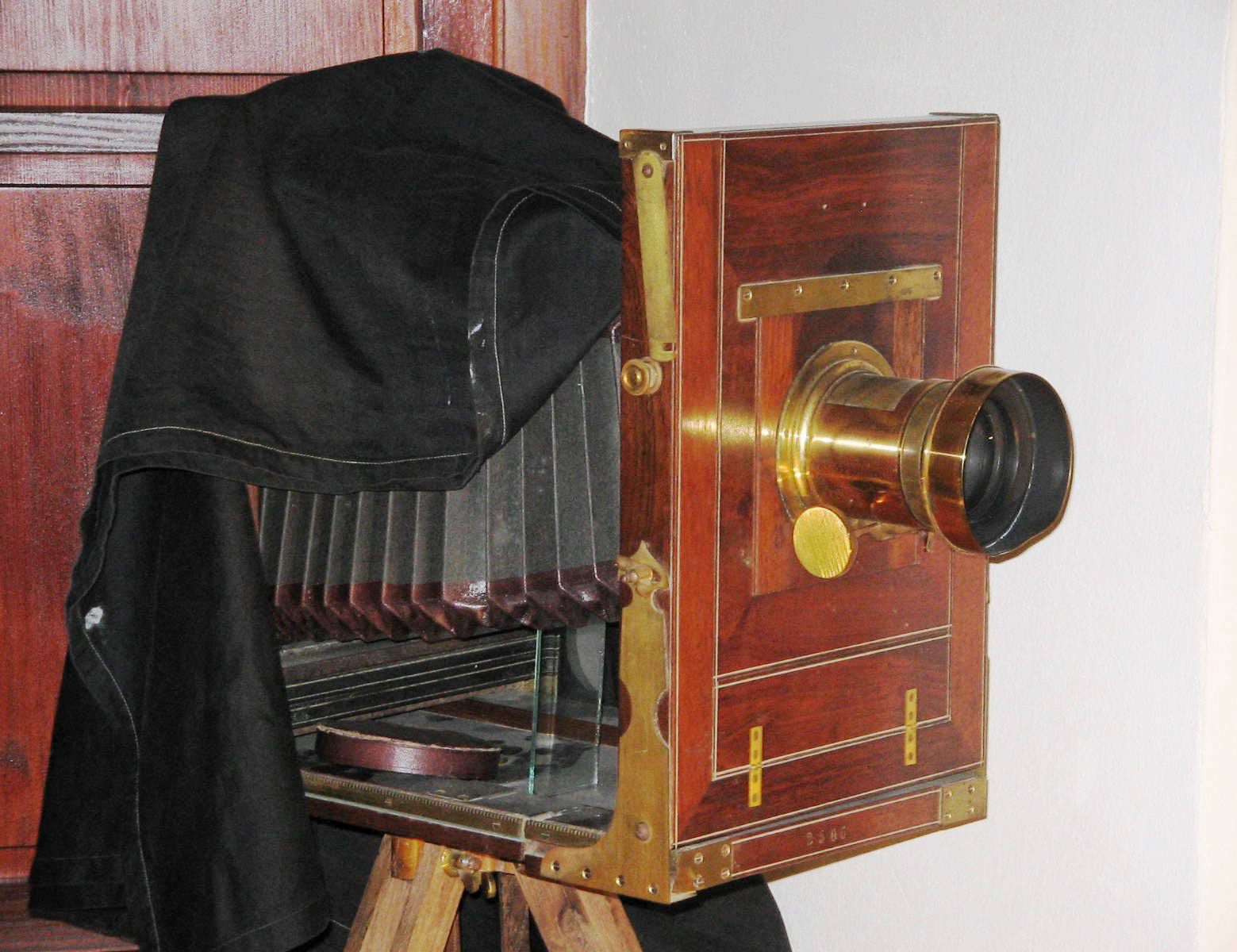David Henderson Houston
by Andy Boyd
Today, a patent ahead of its time. The University of Houston presents this series about the machines that make our civilization run, and the people whose ingenuity created them.
Digital cameras arrived on the scene in the late 1980s. That means many of us spent a good part of our lives working with film, not files. We'd fumble around threading rolls into our cameras and later rewinding them for developing. Everyone had their story about the amazing snapshot lost to history because the film was either loaded or unloaded incorrectly. Yet, roll film was itself a huge innovation when it was first introduced; an innovation that helped put cameras in the hands of amateur photographers and kept the industry, well, rolling along for almost a century.
How to: Load film into your camera from Kirsten Zinger on Vimeo.
Prior to roll film, photographers relied on plates typically made of glass. The size and weight of the plates made portability an issue. Further, a photographer was required to remove and insert a new plate after each photograph.

Old studio camera Alter Studio Fotoapparat. Photo Credit: Wikimedia Commons.
Enter David Henderson Houston. Houston was born in Glasgow, Scotland in 1841. That same year, his family emigrated to the U.S. where they ultimately settled in Wisconsin. At age thirty-nine, Houston moved to what is now North Dakota, where he made a living as a farmer.
But Houston also proved a capable inventor. In 1881, a year after arriving in North Dakota, he filed the first of many patents. The patent described a camera that used a roll of film just as we use today. And the true genius of Houston's patent? It came before roll film had been invented. The first plastic roll film wouldn't be available for a decade after the camera patent had been issued. While Houston wasn't versed in the technology required to make film, he could see that film was coming and how it would be used when it arrived.
Houston ultimately wound up licensing his patent to Kodak as George Eastman consolidated the photographic industry. In return, Houston received a total of $5750 for his efforts -- a considerable sum for a nineteenth century farmer. Houston also licensed patents for other designs to Kodak, including folding, panoramic, and magazine-loaded cameras.
And Houston may have contributed to Eastman choosing the name Kodak for his company. Said Eastman, "A trademark should be short, vigorous, incapable of being misspelled ..." and "it must mean absolutely nothing." He liked the letter k in particular and wanted the company name to start with it. Eastman claimed the rest was a 'purely arbitrary collection of letters.' But according to a book written by Houston's niece, the rest of the name came from a common abbreviation of Houston's home of North Dakota, Nodak, which became a state at just the time Eastman was naming his company. It also coincided with Eastman's purchase of Houston's first patent.

The state of North Dakota is situated in the upper mid west of the United States and is bordered by the states of Minnesota, Montana and South Dakota and Canada Photo Credit: Wikimedia Commons.
True or not, it's a wonderful story. And it would be a fitting tale for a farmer whose creativity led him to anticipate the use of technology that had yet to be invented.
I'm Andy Boyd at the University of Houston, where we're interested in the way inventive minds work.
(Theme music)
David Henderson Houston...Patent Number 248,179...October 11th, 1881. From the Philosophy of Science Portal website: http://philosophyofscienceportal.blogspot.com/2010/10/david-henderson-houstonpatent-number.html. Accessed October 4, 2016.
Hammer, Mina Fisher. History of the Kodak: Unrolling the Roll-Film. New York: The Little House of Books, 1940.
Photographic Film. From the Wikipedia website: https://en.wikipedia.org/wiki/Photographic_film. Accessed October 4, 2016.
The Story Behind the Kodak Trademark. Sidebar published in The Kiplinger MagazineApril, 1962, p. 40. See also: https://books.google.com/books?id=yQAEAAAAMBAJ&lpg=PA40&dq=kodak+curl+eastman+kiplingers&pg=PA40&hl=en#v=onepage&q&f=false. Accessed October 4, 2016.
This episode was first aired on October 6, 2016